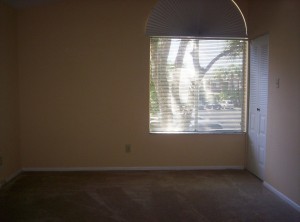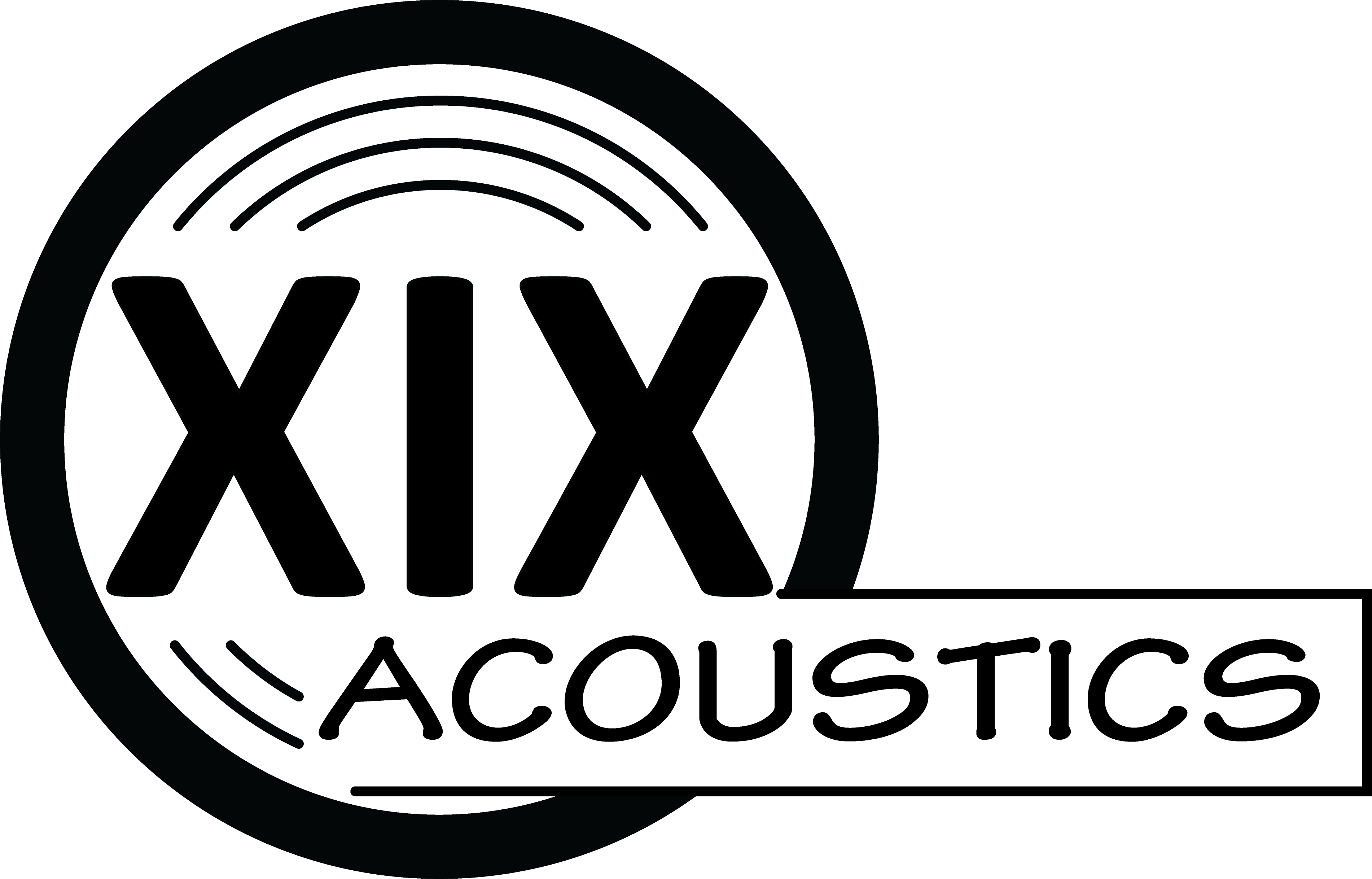Bedroom Acoustics. Most of us audio engineers (about 52% according to my survey) do our critical listening in a room in the house or apartment where we live. Only about 30% of us work in a dedicated professional environment. The concept of the Bedroom Acoustics Project is trying to change a 10×11 bedroom into a decent critical listening station for as little money as possible. The goal is to create plans for the DIY crowd, kits for the time-challenged DIY crowd, and a commercially-available product for folks that have a little more money to spend on acoustic treatment.

Where Did This Idea Come From?
I spent about 3 years developing a pretty complex wedge-shaped quadratic residue diffuser. I made prototypes, performed many acoustic tests and in the end wrote my master’s thesis on the subject. I developed a commercially-available version and released it to the public confident that the Acoustic Ramp is the best rear-wall diffuser that money can buy. It is not cheap. In bulk the Ramp retails for $545. It turns out that no one really has any idea what diffusion is, what it sounds like, or why they would want it in their studio. I did get a lot of interest from professional acousticians and studio designers who understand the product and how it works, but Joey Protools probably isn’t going to buy a set of six for his project studio.
Next, I find myself listening to an Audible version of Eric Ries’ “The Lean Startup” (get a copy…it’s a super book) and I think to myself, “maybe I made a product that doesn’t solve the problems of my customers.” Ries’ concept of the MVP, the Minimum Viable Product, essentially means that you make the quickest version of a product you can and get it in front of customers as fast as possible. This means you get feedback and can learn from your customers. If they don’t want it or don’t understand it you can change your approach without wasting too much time. You can design the MVP to test your beliefs about what the customers want. Basically you’re getting all sciency on your bizness. This really appealed to the geek part of me.
So I put together a 6-question survey on SurveyMonkey to find out what I could about what my customers actually want. It was really interesting and really surprising. I only sent the survey to audio pros and audio students. What my customers want (in order of importance):
- Fix problems with the size and shaped of their rooms
- Fix problems with low frequency accumulation and problems from room modes
- Fix problems with ambient noise in the room
- Fix problems with ergonomics and uncomfortable work positions
Two-thirds of these audio techs have never tested the acoustics in their listening spaces with software, hardware or with a professional acoustician. Most people rely on their ears to find the problems in their rooms.
The main reason that they didn’t fix these problems with acoustic treatments is money. Acoustic treatment is simply too expensive to buy and install and many people wouldn’t know where or how to install it properly.
The Bedroom Acoustics Project is about solving the problems mentioned above in the least expensive way possible. The deliverables are as follows:
- Plans for building a DIY version of the solution
- Plans for kits and commercial product versions of the solution
- Prototypes
- A focus group/early adopters/beta-tester network
A Kickstarter fund-raising campaign to fund the project
Please get in touch with us through this website or by phone [781-710-4521] to join the focus group!
Defining the Bedroom article.
